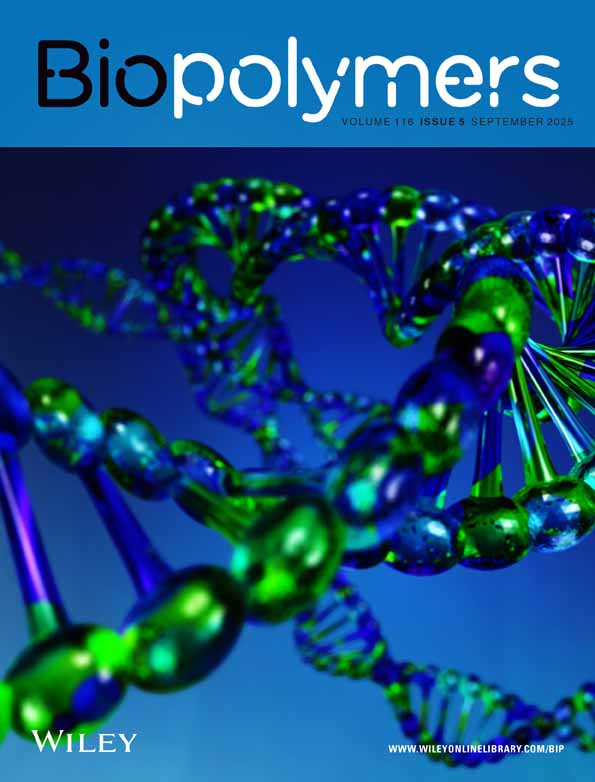Molecular conformation of ascidiacyclamide, a cytotoxic cyclic peptide from Ascidian: X-ray analyses of its free form and solvate crystals
Abstract
In order to investigate the conformational variation of ascidiacyclamide, a cytotoxic cyclic peptide from marine tunicate Ascidian, single crystals were prepared from ethanol and aqueous ethanol solutions as its free form (crystal I) and H2O/0.5 C2H5OH solvate (crystal II), respectively, and were determined by the x-ray diffraction method. Crystal I showed a pseudo C2-symmetric saddle-shaped rectangular conformation. Similar conformations were also observed in crystal II, where there were two crystallographically independent C2-symmetric molecules (named Mol-A and -B) per asymmetric unit. Mol-A and -B included H2O and H2O/C2H5OH solvents within their ring structures, respectively. These water and ethanol molecules were located on the crystallographic dyad axes, and were stabilized by the van der Waals contacts (including hydrogen bonds) with the polar-ring N atoms and nonpolar D-Val side-chain atoms. The conformational characteristics of ascidiacyclamide and its fluctuation/variation were discussed based on the present and previously reported x-ray results.




